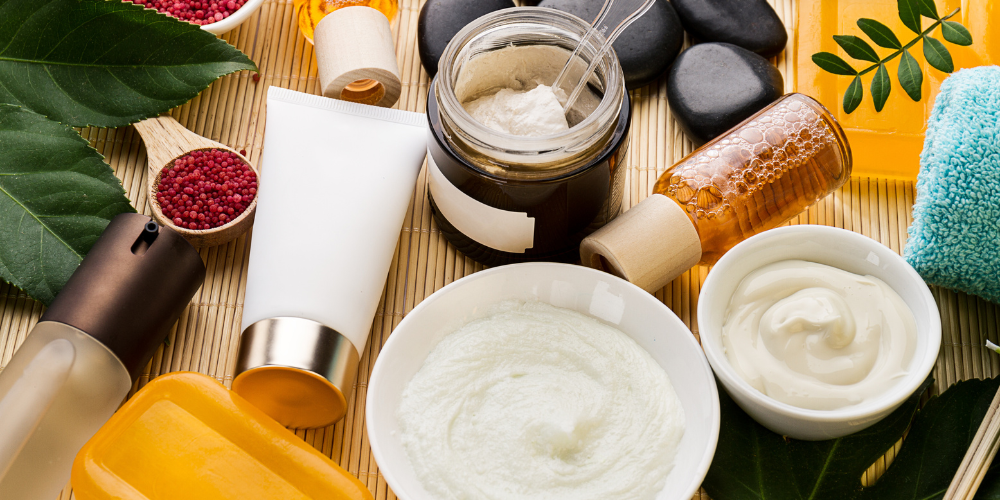
How Upcycled Beauty Ingredients Are Reshaping the Industry’s Future

The beauty industry is going through a big shift — and it’s not just about trends. As waste problems grow and customers ask more from their products, brands are turning to smarter ways of making beauty better. One major change? The rise of upcycled ingredients.
These are materials that used to be tossed out but now have a new purpose in high-performing products. This isn’t just good for the planet — it’s changing how formulas are made, how products are packaged, and how companies work behind the scenes.
What’s Driving the Push for Upcycled Ingredients?
Upcycled beauty is more than a buzzword — it’s a practical solution to waste and resource issues. The 2025 Zero Waste Beauty Report by The Upcycled Beauty Company and Covalo shares some eye-opening numbers. The market for upcycled ingredients is set to reach $403 million by 2030. That’s a 5.9% growth each year from 2022.
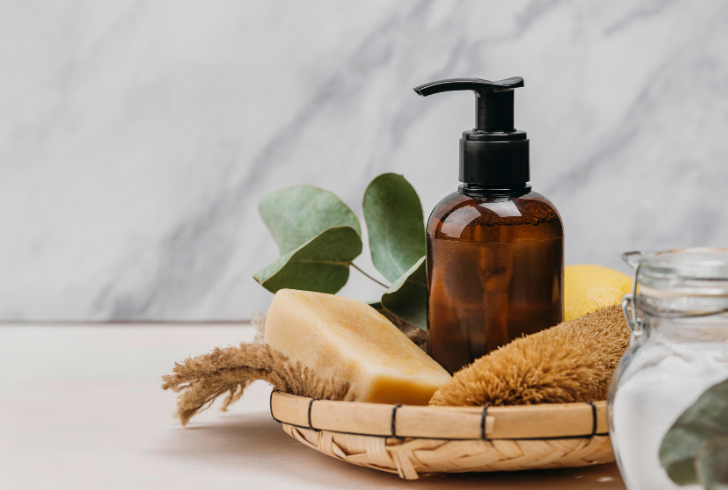
Freepik | The beauty industry is evolving towards smarter production to address waste and meet customer demands.
So why are more brands using these ingredients?
– They reduce waste and help close the loop in supply chains.
– Many now match or beat traditional ingredients in performance.
– Shoppers want transparency and care about where ingredients come from.
This change is giving new life to what was once thrown away — like fruit peels, coffee grounds, and food scraps — turning them into powerful, effective skincare and haircare solutions.
A Look at the Circular Approach in Beauty
The move toward circular beauty is not just about one thing. It’s a mix of smarter decisions made at every step — from formulas to packaging to manufacturing.
Formulas That Do More With Less
Today’s customers want clean, powerful products that deliver real results. Upcycled ingredients are being used in everything from face serums to shampoos. For example, antioxidants from fruit waste or oils from discarded seeds are now key parts of popular formulas. These components work well and tell a story of innovation and purpose.
Smarter Packaging Choices
It’s not just what’s inside the bottle that matters. Packaging is getting an upgrade, too. Brands are switching to recyclable, refillable, and compostable options. Some have even dropped packaging altogether in favor of solid bars or minimal wrappers.
Cleaner Operations
Behind the scenes, many brands are trimming down their processes. Waterless production is one way they save resources. Sourcing ingredients locally is another way they cut down on shipping and emissions. These changes make a real difference in a product’s total environmental impact.
Brands Leading the Upcycled Beauty Movement
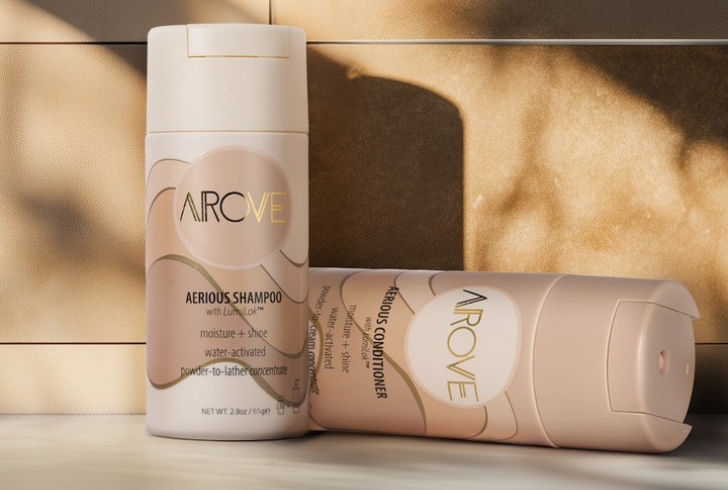
Instagram | arovebeauty | Get powerful haircare that’s good for the planet with AROVE’s waterless bars.
Several names are standing out for how they use upcycled materials in fresh ways. AROVE focuses on waterless haircare. Their solid bars pack a punch, using upcycled botanicals to replace filler ingredients. Less packaging, less water, and better performance — it’s a win across the board.
Onélogy builds its skincare line around upcycled actives. They highlight the origins of each ingredient, so users know what they’re putting on their skin and where it came from. Their approach is clean, efficient, and smart.
These brands are proving that upcycled beauty is good for the planet and delivers strong results.
What’s Coming Next?
The growth of upcycled beauty shows no signs of slowing down. Suppliers are working on better systems to collect and process raw materials. Retailers are making space for sustainable products. Most importantly, consumers are asking better questions and rewarding brands that have real answers.
This isn’t just about products anymore. It’s about changing how the entire industry works. Turning waste into value is now a smart, responsible business move.
Upcycled Beauty Is the New Standard
The future of beauty is more thoughtful. With upcycled ingredients becoming easier to source and better-performing, brands don’t have to choose between quality and sustainability. They can have both.
This shift marks a clear direction: beauty that’s cleaner, smarter, and more responsible. As more companies adopt this idea, what was once a niche idea is becoming the standard.
Upcycled ingredients are no longer an add-on — they’re at the heart of what’s next.
More inBeauty & Cosmetics
-
`
Are Popular Diet Trends Actually Good for Your Heart?
Diet trends grab headlines every year, promising everything from glowing skin to dramatic weight loss. But when it comes to the...
July 30, 2025 -
`
Why Are Men Taller Than Women? New Genetic Study Finds Clue
For centuries, the average height difference between men and women has been noticeable—men generally stand about five inches taller. While environment...
July 23, 2025 -
`
A Look Inside Faith Kipyegon’s Groundbreaking Mile Run in Paris
Last week in Paris, Faith Kipyegon returned to a place she knows well: Stade Sébastien Charléty. But this time, she wasn’t...
July 9, 2025 -
`
Dairy Is Making a Major Comeback — And Health Shoppers Are Loving It
Just a few years ago, dairy sat quietly in the back seat while plant-based alternatives took the spotlight. Now, it’s stepping...
July 4, 2025 -
`
Does Aging Cause Dental Problems?
Aging doesn’t automatically mean losing teeth or developing gum disease. In fact, older adults today are holding onto more of their...
June 25, 2025 -
`
How Upcycled Ingredients Are Shaping the Future of Cosmetics
What used to end up in bins or compost heaps is now finding a new life inside skincare bottles and beauty...
June 18, 2025 -
`
Rock Legend Rod Stewart Trains to Break Sprint Record at 80
Age isn’t slowing Rod Stewart down. Known worldwide for his legendary voice, stadium-filling tours, and timeless hits like “Maggie May”, the...
June 11, 2025 -
`
The Truth Behind Detox Diets – Health Boost or Risky Trend?
It’s hard to scroll through your feed without seeing someone sipping green juice with promises of instant energy, glowing skin, and...
June 3, 2025 -
`
Is Dr. Oz Fit to Lead Medicare?
The announcement of Dr. Mehmet Oz as President-elect Donald Trump’s pick to lead the Centers for Medicare and Medicaid Services (CMS)...
May 29, 2025

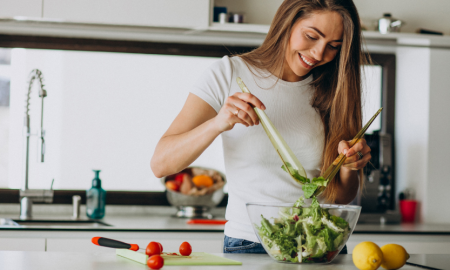


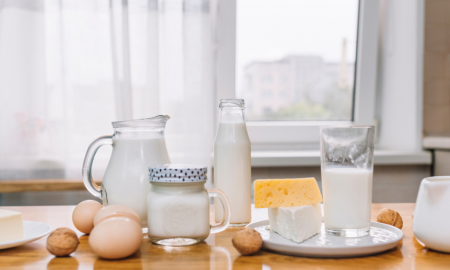

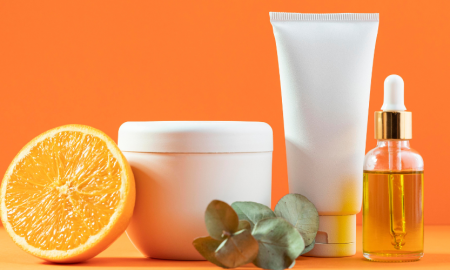

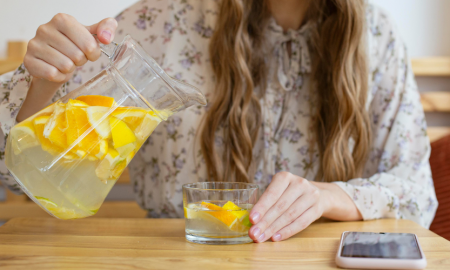


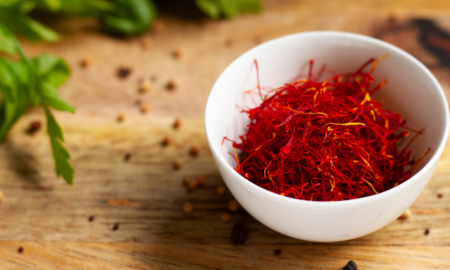
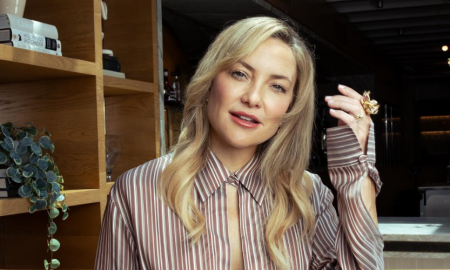
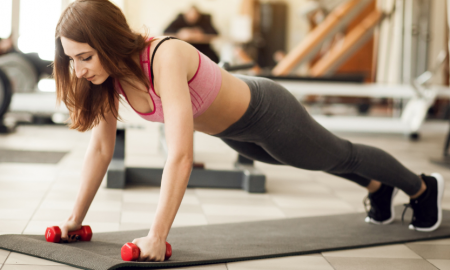
You must be logged in to post a comment Login